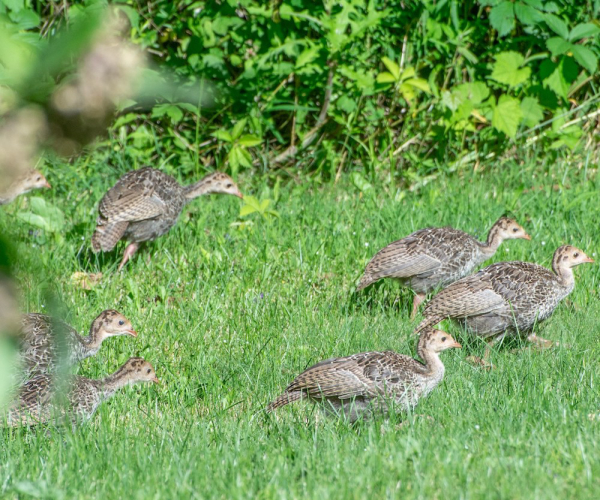
|
Every summer the Vermont Fish and Wildlife Department puts out a call for citizen scientists to count young turkeys, or “poults,” between the start of July and the end of August.
This year, the department’s usual mid-survey reminder is especially important as a chance to learn more about how this native species responds to extreme weather.
“We’ve had two years where extreme weather hit while turkey poults were old enough to be out and about in fields, but still young enough to be vulnerable to heavy rain,” said biologist Toni Mikula, who leads the department’s wild turkey project. “Heading into August, Vermonters can help us compare how poults fared during the extreme weather this year versus last year by sending us their turkey sightings.”
This is the 30th anniversary of Vermont’s annual Turkey Brood Survey, which began in 1994. To participate, Vermonters just need to keep track of turkeys they see during their daily commutes, walks or birding trips. Count the number of small poults compared to large adults, note the rough location of the flock and enter your observations on the department’s website at: https://vtfishandwildlife.com/get-involved/citizen-reporting.
“This time of year poults are basically preteen turkeys,” said Mikula. “They’ll be about half the size of an adult bird, lighter colored and extra gangly looking in the necks, legs and wings. If you see a flock out in a hayfield, the poults will be impossible to miss.”